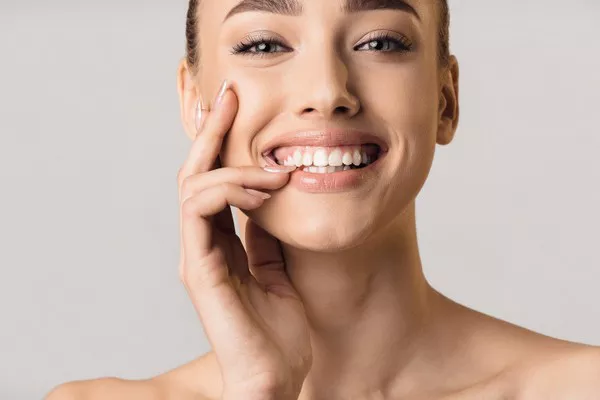Whitening strips are a popular option for achieving a brighter, more radiant smile. However, there is some debate about whether to use them before or after brushing your teeth. In this article, we will explore the benefits and drawbacks of both approaches and provide guidance on which one is best for you.
Before or After Brushing: Which is Better?
When it comes to whitening strips, there is no definitive answer to whether they should be used before or after brushing your teeth. Both approaches have their advantages and disadvantages, so it ultimately depends on your personal preferences and needs.
Using Whitening Strips Before Brushing Your Teeth
One argument in favor of using whitening strips before brushing your teeth is that they can help remove surface stains and debris, making it easier for your toothbrush to clean your teeth effectively. By removing these obstacles beforehand, you can maximize the effectiveness of your toothpaste and ensure a deeper cleaning.
Another potential advantage of using whitening strips before brushing is that they can help you save time. If you’re in a hurry in the morning or before bed, you may not have enough time to brush your teeth thoroughly, apply the strips, and wait for them to work. By applying the strips first, you can give them time to whiten your teeth while you brush your teeth, saving you precious minutes.
However, there are also some drawbacks to using whitening strips before brushing. For example, if you have sensitive teeth or gums, the strips may cause discomfort or irritation, making it difficult to brush your teeth effectively afterward. Additionally, if you use a whitening toothpaste or mouthwash after applying the strips, it can further exacerbate any sensitivity issues you may have.
Using Whitening Strips After Brushing Your Teeth
On the other hand, some people prefer to use whitening strips after brushing their teeth. One reason for this is that the fluoride in toothpaste can help protect your teeth against sensitivity, which can be exacerbated by whitening products. By brushing your teeth first, you can also remove any food particles or debris that may interfere with the whitening strips’ effectiveness.
Another potential benefit of using whitening strips after brushing is that it can help you maintain good oral hygiene habits. By making brushing your teeth a priority and ensuring that you’re doing it effectively, you can reduce your risk of developing cavities, gum disease, and other dental problems.
However, there are also some drawbacks to using whitening strips after brushing. For example, if you use a whitening toothpaste or mouthwash, it may interfere with the strips’ effectiveness or cause sensitivity issues. Additionally, if you apply the strips immediately after brushing, your teeth may still be wet, preventing the strips from adhering properly.
Which Approach Is Best for You?
Ultimately, the decision of whether to use whitening strips before or after brushing your teeth depends on your personal preferences and needs. If you have sensitive teeth or gums, you may want to try using the strips after brushing to reduce discomfort. On the other hand, if you’re short on time, you may want to apply the strips first thing in the morning or right before bed to maximize efficiency.
Regardless of which approach you choose, it’s essential to follow the manufacturer’s instructions carefully when using whitening strips. Be sure to apply them only to your teeth, avoid swallowing the solution, and never exceed the recommended usage time to avoid damaging your teeth or gums.
In conclusion,
using whitening strips can be an effective way to achieve a brighter, more radiant smile. Whether you opt to use them before or after brushing your teeth, be sure to weigh the benefits and drawbacks carefully and follow the manufacturer’s instructions to ensure safe and effective results.
Related Topics:
- How Often Should You Use Spotting Whitening Strips?
- The Dangers of Teeth Whitening Strips: You Need to Know
- How Often Should You Use Teeth Whitening Strips?





























